When Blue Nile launched some 20 years ago many in the diamond business weren’t sure the idea of letting people choose their own diamonds would work. After all there is this big mystery surrounding diamonds. Diamond jewelers were accustomed to guiding consumers through the process and explaining everything, the 4 C’s, what’s hot, what’s not, et cetera.
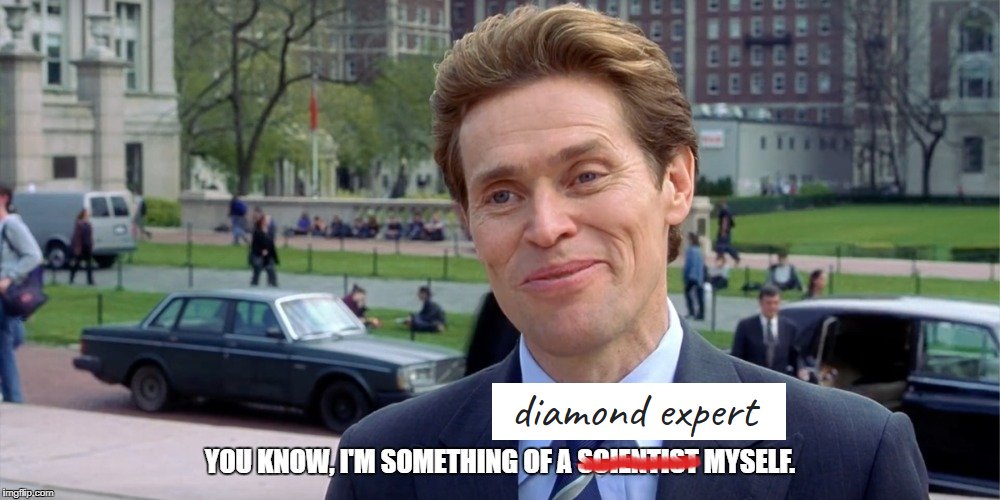
Today we can jump online and do a quick search and boom! We become instant experts, right?
Never mind that it takes years to become a gemologist. And even among diamond jewelers those with a fine eye are revered and spoken of in hushed tones.
Easy as pie, we read a few minutes, and we have all the information we need. Or so we think. A few minutes turns into hours, and then into days. You then start wondering if it’s time to pick up the phone, call and speak to a service representative to get a better idea of what’s what.
Of course not everyone wants to jump on the phone. It’s so much easier to just browse and try this and that, do a couple of web searches to figure out what the web gurus are recommending and then settle on a diamond. Some of us would rather take full responsibility by doing our own research. The buck stops here. Come what may. Of course you may take that chance only to find out that it’s not as simple as all that.
if you don’t like to read long articles like this one.
I won’t be offended if you use the Blue Nile cheat sheet instead. 😀
Fast forward a week or two when you unbox the diamond and lo-and-behold your diamond looks as dull as a chunk of murky glass. Not great. Sure you have a generous return period. But you didn’t count on this as the date when the diamond would be needed is fast approaching.
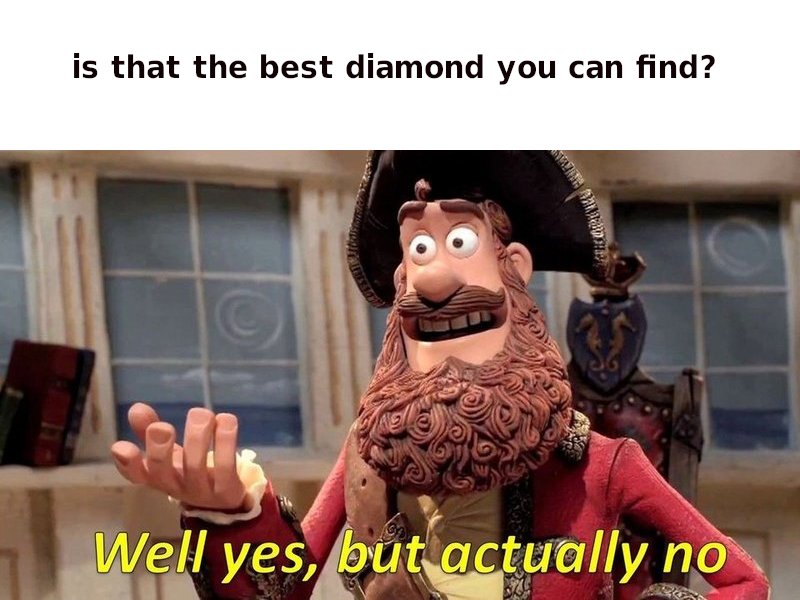
So how can you avoid this. Well one way is to take advantage of my free Diamond Concierge Service.
Or you can read on and I will show you how to pick a diamond that you will be proud to unveil when the moment comes.
This is how to pick a diamond at Blue Nile that you will love love love.
First Things First
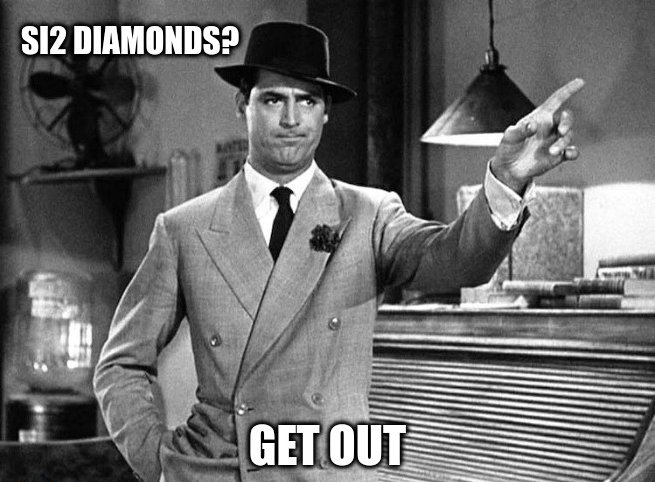
Some people say that inclusions are not so bad, and make the diamond unique, and can be thought of as a fingerprint, and all that, but to be honest, they make me feel like taking a steel brush to the stone.
Hey, we all know that “nobody’s perfect”, and those imperfect diamonds are such a nice representation of the imperfection in life.
But if life’s about anything it’s all about trying to make it look easy! We hide those blemishes because for some reason it turns people off. So keep those inclusions to a minimum.
And by minimum I mean invisible.
Cull all the SI1 and SI2 diamonds from your shortlist.
There’s no point browsing through a list of ten to twenty thousand stones. There’s not that many good ones. Not to mention the absurd amount of time it would take to evaluate each of those twenty thousand stones.
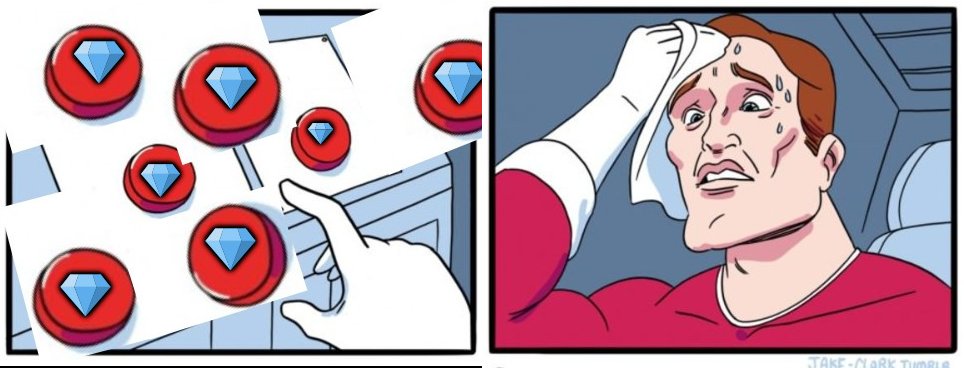
There a huge huge difference between shopping online and shopping in store. In a store you can make judgments based on what you see. You may be at a slight disadvantage if there’s very special lighting set up which makes the stones look better than they would in ordinary settings. (no pun intended)
So the first advantage is that the images at Blue Nile are neutral, allowing you to see the diamond and all its beauty as well as its little peculiarities and unique features.
So that’s good.
Of course the fact that the diamonds are magnified means you have to use your imagination by shrinking them down in your mind to get an idea as to how many of those peculiarities are going to look like blemishes and which ones will remain invisible.
For this reason you will want to eliminate all the SI1 and SI2 diamonds. Remember this guide is about getting a diamond that you are not taking a risk on. For risk takers I will write a separate post, being one myself, I can tell you a lot about risk.
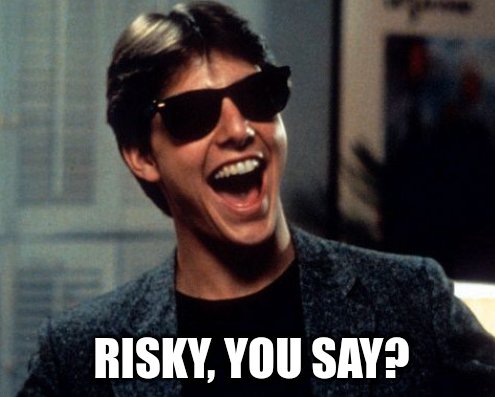
But, no, for this guide I say get rid of the SI1 and SI2 diamonds. Too many problems there. We want to play it safe and only go for VS2 and above. The sweet-spot as far is clarity goes is VS2. Any clarity grades above that in my opinion should only be considered if no VS2 diamonds can be found that check all the right boxes such as weight, fluorescence level, cut quality and so on.
Remember this is a guide for online shopping only. If you shop in-store it’s much easier to make a judgment call on SI1 and SI2 stones.
Second Step: No Fluorescence
Here’s another attribute which luckily online diamond stores allow us to search for: the level of fluorescence.
Again, this one is one where the rules are different depending on whether you are buying online or are looking at diamonds right before your very eyes.
Fluorescence is known to cause some diamonds to look hazy when exposed to ultra-violet light. The rays of the sun contain ultra violet light as do tube lights and of course you have “black light” in night clubs which is also ultraviolet.
I’ve seen many arguments as to exactly what percentage of fluorescent diamonds have this “milky” look. Some jewelers say most fluorescent diamonds look milky in UV light, while others say that it’s less than 10% of fluorescent diamonds that look milky under UV light.
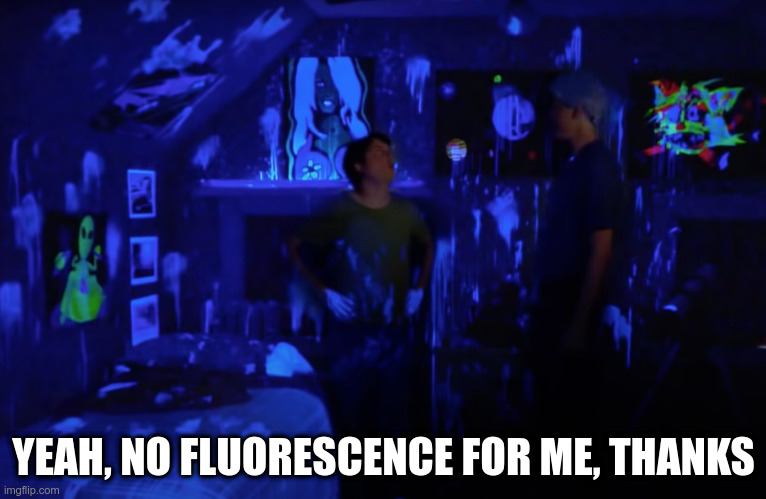
Here’s what I believe to be the situation:
Many, if not most, fluorescent diamonds which do not have the “milky” problem are sold through channels where the stone can be sold for a premium, such as diamond manufacturers who have signature cuts. I am basing this on the fact that many diamond jewelers that sell premium diamonds assert that they check their diamonds for this issue, and will not include those problematic diamonds in their inventory.
You want a cool looking fluorescent diamond? For that you’re going to have to use my Diamond Concierge Service.
Blue Nile is not the place to look for those.
We eliminate those from our search.
Ok, now we get into the nitty gritty.
Numbers.
Fun!
But seriously, it’s not hard.
And there aren’t a lot of numbers to deal with.
So far I have been talking generally about choosing diamonds, and if you took that to mean any shape, then, yes, I would say, find the above guidelines apply across the board. Mostly.
But now we will get into the specifics of choosing a round brilliant diamond. This is the classic shape of a diamond, and the shape that yields the most brilliance and fire out of any shape that a rough diamond can be cut into.
The rule of thumb once was 60/60. Meaning a 60% table and a 60% depth will produce the results you want.
It’s an ok guide, but it does fall a little short as many many tests and surveys by the worlds foremost diamond grading labs have shown that the diamonds that get the best reactions are actually a little deeper than 60% and have a table a little smaller than 60%.
I have found that the upper limit should be 62.5% when we are talking about the ideal depth. And the ideal tables are usually around 56% give or take up to 2%. There is usually a trade-off between fire and brilliance as a stone usually doesn’t max out on both fire and brilliance.
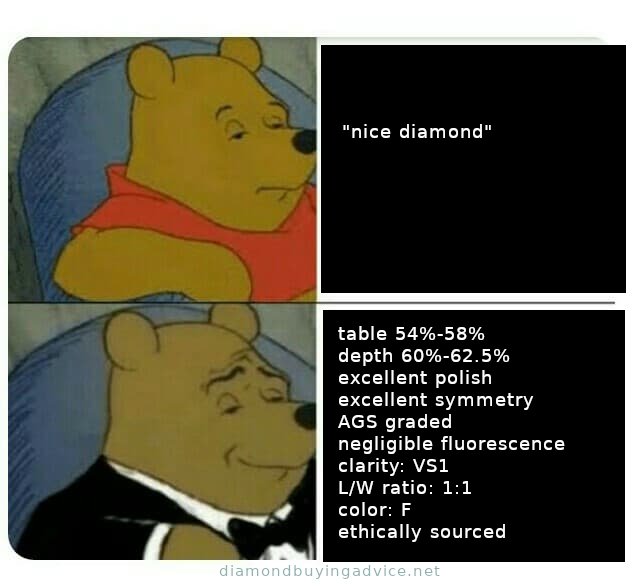
Don’t know what fire and brilliance are? Grab a copy of my book on buying an engagement ring. Shoot me an email and I will email it to you. I’ll also pop you on my mailing list. (not that I send a lot of emails)
Ok, so the above graphic is a bit of a spoiler on the parameters I recommend with the exception of the color grade noted above.
| Table | 56% | +-2% |
| Depth | 61.5% | +-1% |
| Polish | Excellent | |
| Symmetry | Excellent | |
| Grading Report Issued By | AGS, GIA, IGI |
Ideal Table
Examining the grading reports of numerous super ideal cut diamonds that rate extremely high in light performance tests conducted by the American Gem Society Lab I have noticed that the table size rarely goes over 58%.
Some are as small a 54%, though this is rare.
The AGS has identified this size table of 56%, give or take a percentage point or two as being ideal for giving the diamond good contrast. This is something that has consistently proven to be a quality that people find attractive in a diamond and rate high contrast as an important quality in any round brilliant.
Here is a screenshot of the advanced settings I recommend in order to bring up all the best round brilliant diamonds at Blue Nile.
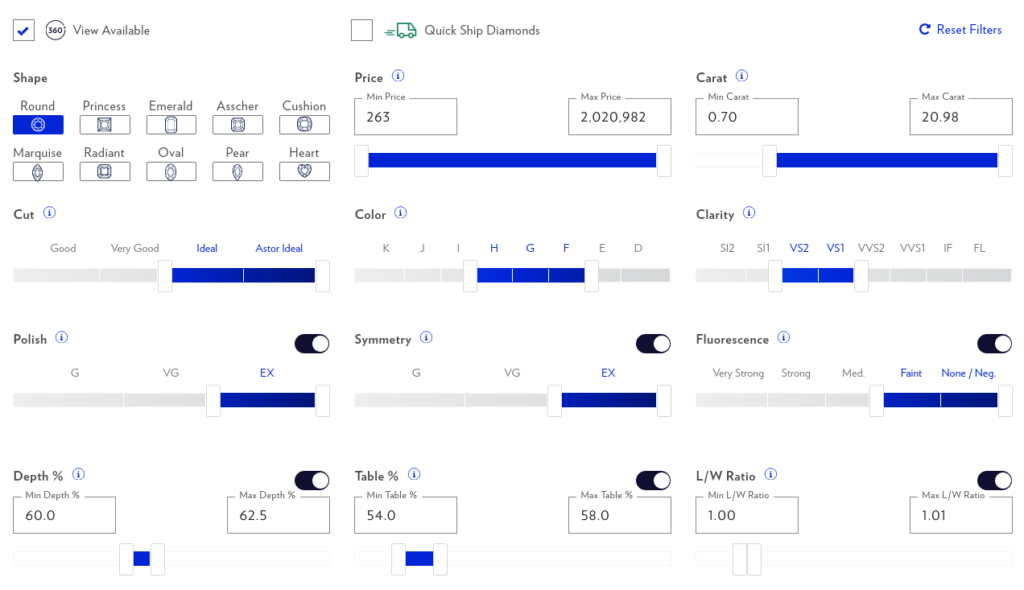
This is guaranteed to show you diamonds that you will be proud to own or give as a gift.
The parameters which will change according to your discretion are, of course, the carat weight and maybe the color.
I trust I have presented my case well enough. I could of course go into more detail and explain the reasons excellent polish and symmetry are important, but I think those are fairly self explanatory. I’ve gone into more detail on those points which are a little confusing and can even be controversial. Color is another topic which is not totally clear cut and preferences vary even between countries and cultures. The color preferences I have shown in the above are based on common tastes in the USA.
Also remember that this guide is very specific to buying diamonds online.


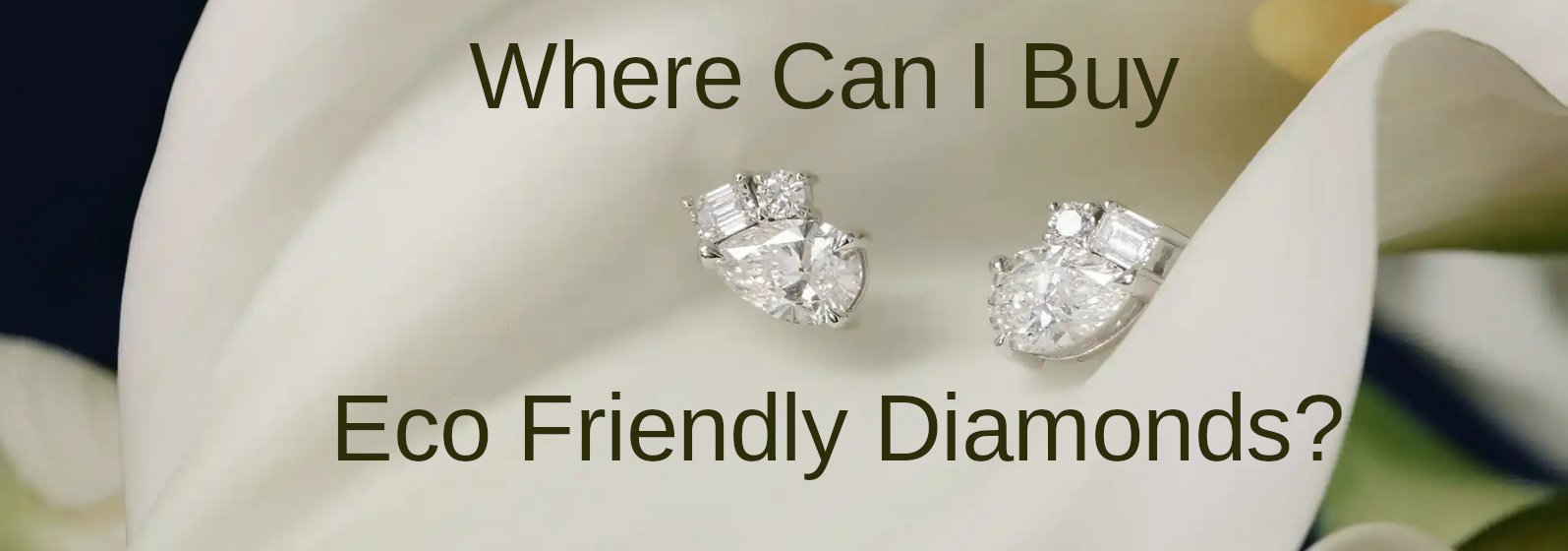
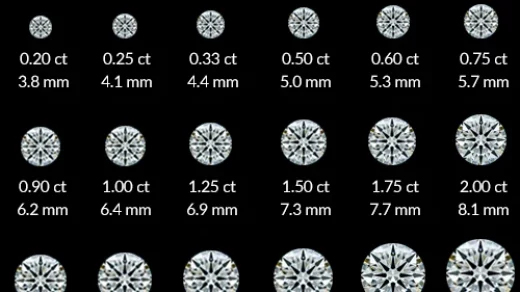
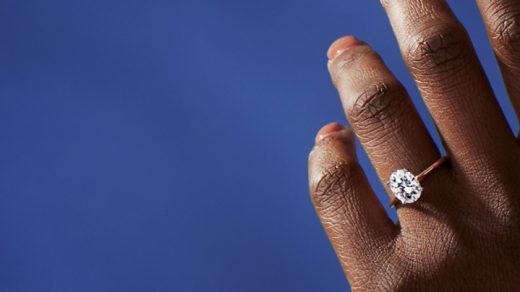
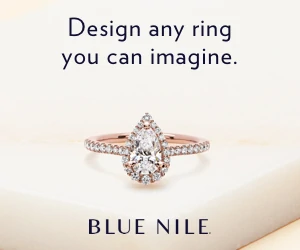
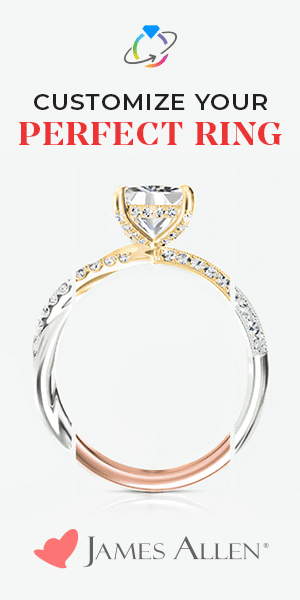
haha! I love the memes. keep up the good work! made me laugh. have a great day, sir.